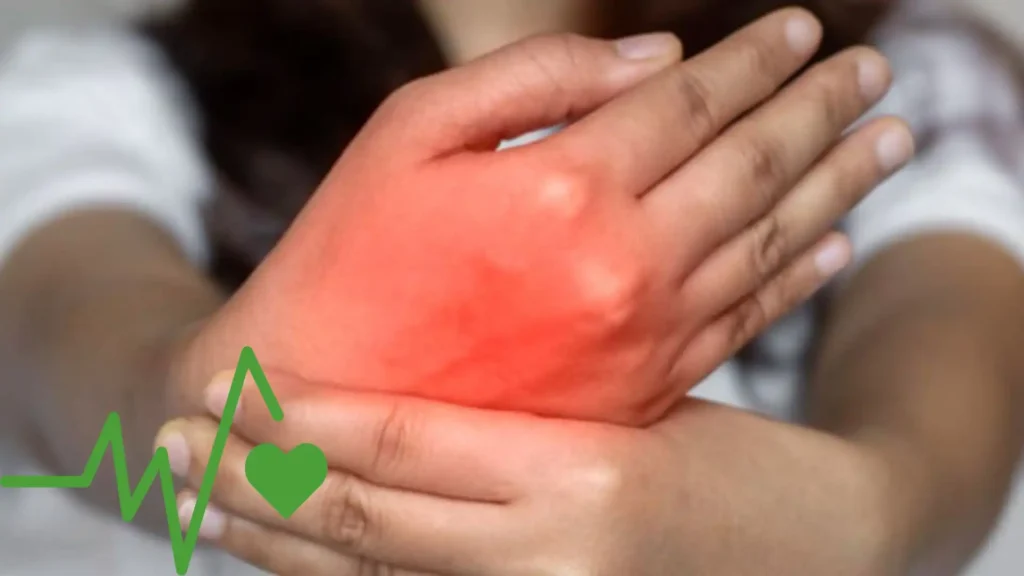Recognizing the Early Symptoms of Rheumatoid Arthritis
Rheumatoid Arthritis is a chronic autoimmune disease that primarily affects the joints, causing inflammation, pain, and stiffness. It differs from Osteoarthritis, which is mainly due to wear and tear of the joints. Rheumatoid Arthritis can affect anyone but is more common in women and individuals over the age of 40. big toe joint pain
Early Signs of Rheumatoid Arthritis: big toe joint pain
- Joint Pain and Stiffness: One of the most common early symptoms of Rheumatoid Arthritis is joint pain and stiffness, especially in the mornings or after periods of inactivity.
- Fatigue and Weakness: Feeling tired and weak even after getting enough sleep or rest can be a sign of Rheumatoid Arthritis.
- Swelling and Warmth in the Joints: Inflamed joints may feel warm to the touch and appear swollen, indicating underlying joint inflammation.
Other Symptoms to Watch Out For: big toe joint pain
- Morning Stiffness that Lasts More Than an Hour: Prolonged morning stiffness, lasting more than an hour, could be a red flag for Rheumatoid Arthritis.
- Numbness or Tingling in Hands and Feet: Sensations of numbness or tingling in the hands and feet may point towards nerve involvement in Rheumatoid Arthritis.
- Fever and Loss of Appetite: Occasionally, Rheumatoid Arthritis can present with systemic symptoms like fever and loss of appetite.
Diagnostic Tests for Rheumatoid Arthritis
- Blood Tests to Identify Inflammation and Autoimmune Markers: Blood tests can detect elevated levels of markers of inflammation and autoimmune activity, aiding in the diagnosis of Rheumatoid Arthritis.
- Imaging Tests such as X-rays and MRI: Imaging tests like X-rays and MRI scans can reveal joint damage and inflammation characteristic of Rheumatoid Arthritis.
- Joint Aspiration to Detect Fluid Buildup in the Joints: Aspirating fluid from swollen joints can help confirm the presence of inflammation and guide treatment decisions.
Treatment Options for Rheumatoid Arthritis
- Medications to Reduce Inflammation and Relieve Pain: Anti-inflammatory drugs, disease-modifying antirheumatic drugs (DMARDs), and biologics are commonly used to manage Rheumatoid Arthritis symptoms.
- Physical Therapy and Occupational Therapy: These therapies can improve joint function, flexibility, and strength, enhancing the quality of life for individuals with Rheumatoid Arthritis.
- Surgical Interventions in Severe Cases: In severe cases where joint damage is extensive, surgical procedures like joint replacement may be necessary for restoring function.
big toe joint pain
Conclusion
Early detection of Rheumatoid Arthritis is crucial for preventing joint damage and disability. Recognizing the early symptoms and seeking prompt medical attention can significantly improve the prognosis and quality of life for individuals with this condition. big toe joint pain
Discover more trends:
- Keep an Eye Out for Early Signs of Rheumatoid Arthritis: A Guide
- Nicole Kidman’s Revealing Dress Sparks a Heated Discussion
- Watch Out For The Early Signs Of Rheumatoid Arthritis
- Follow us on Facebook







